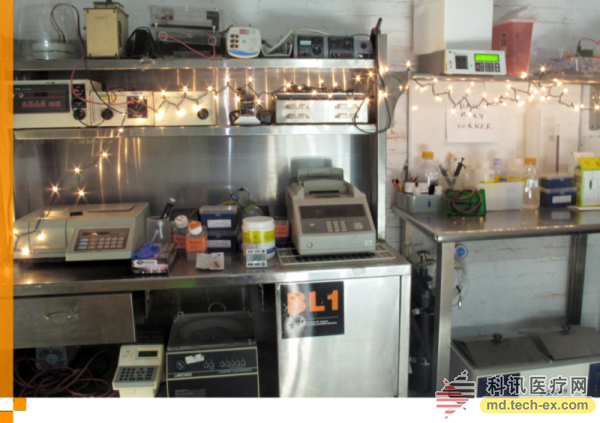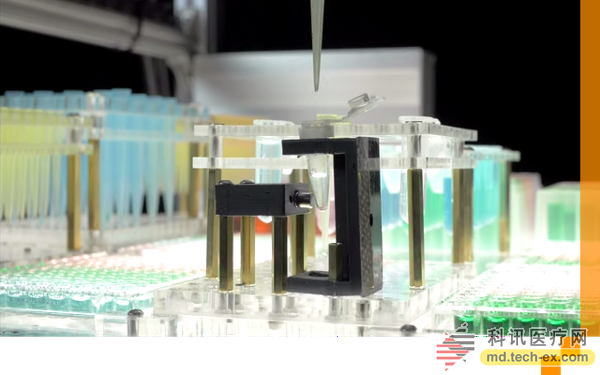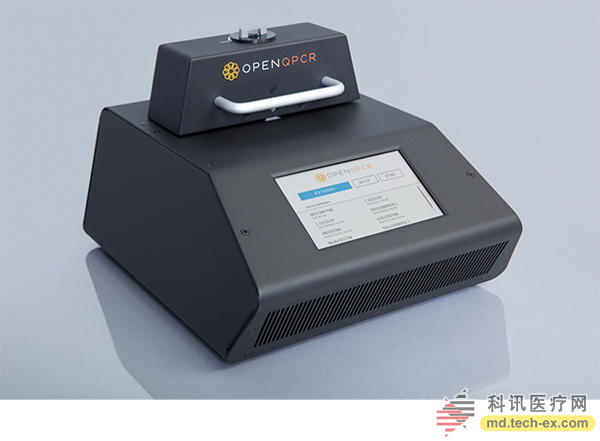Release date: 2014-12-01
The DIYBio (Bio DIY, the do-it-yourself biology) revolution has arrived. The rise of the maker movement has broken the monopoly caused by the mastery of technology by a few professionals, and has also provided conditions for innovative development of biotechnology, and this time, it also means business opportunities.
The suburban garage turned into an amateur biologist's lab, which used to be a bridge in science fiction, but this moment has come, or to some extent, has passed. We have witnessed community labs like BioCurious and Genspace, as well as low-cost tools. And this year, the iGEM (International Genetic Engineering Machines) conference began allowing biohackers to enter. If you pay attention, you will find signs of a bio-hacker revolution everywhere.

For some reason, even the tech giants (Bill Gates, Stewart Brand, Chris Anderson, etc.) admit that the next round of major innovations will come from this direction. There are three reasons why this trend has been underestimated:
“GMOs are dangerousâ€
"Wow! The bio hacker is cool! The singularity is approaching"
"Bio hackers come from edge technology - it's none of my business"
In this case, bio-hacking tools are very small and may only be used by graduate students who cannot afford more expensive equipment. According to the information on eBay, professional biological equipment has almost no living space, and the market has low profit. If it is not because of the enthusiasm of hobbies, such efforts have long ceased to exist. But now bio-hackers have a new form, a new generation of machines is coming, and performance has been upgraded.

The invention of Josh Perfetto is a good example. He and Tito Jankowski made headlines in 2011 due to the successful invention of the polymerase chain reaction (PCR) device OpenPCR. A PCR machine, or a thermal cycler, amplifies a DNA fragment by increasing and decreasing the temperature. It may not be the only tool in a biological laboratory, but it is an important one.
At the time, the PCR machine was little known outside of the scientific community, but now the project has received the attention it deserves because it was the first open source hardware project on Kickstarter. It became a model for latecomers: DIY science tools are much cheaper than commercial tools. Open source hardware and software, as well as a developer collaboration community, make everything possible.


However, the story did not stop there. Once the cost is reduced, you definitely want this tool to be better again. The performance upgrade is inevitable, which is what Perfetto does for his Open qPCR machine. His explanation for the upgrade is as follows:
The machine three years ago was the endpoint PCR thermocycler, which inputs DNA and outputs (possibly more) DNA. For example, if you want to know if the ground beef is contaminated with E. coli, you put the beef sample into the PCR machine. The target is the E. coli gene. If the gene is present, you will get a lot of E. coli DNA. However, because you still get DNA, you need to use other experiments to detect the DNA and turn it into identifiable information to determine if the beef is contaminated. This adds cost and creates reliability issues, and it requires more specialized technical talent.
In contrast, Open qPCR is a real-time polymerase chain reaction thermal cycling instrument. The same is the input DNA, the selective DNA amplification procedure, but using an optical detection system to directly detect the presence of the target DNA, and output the data in the web interface or through the API, so that the results can be seen at a glance.
Of course, another major difference between the two is that OpenPCR machines are self-contained, and Open qPCR is a ready-made machine. This means getting the answer you want like a biologist, not being an amateur to solder the machine.


To some extent, bio-hackers have reached a new stage. For example, the recent Ebola outbreak, many people want to do something, but the interesting thing is that they do not look for traditional manufacturers in the choice of equipment, but to find Open qPCR. It does not have all the features of a high-priced machine, but it is cost-effective and adapts to the required work.
In other words, these machines can be truly applied to the real world, producing commercial value, which is the next stage of the biohacker revolution. As people become more aware, these technologies may be used in new ways. They will not be used to solve specific problems, but they can provide solutions to more problems.
The question now is: Who wants to use them and what do they want to do?
Source: Lei Feng Net
Frozen Squid Products,Frozen Squid,Frozen Calamari Rings,Frozen Squid Woolworths
Zhoushan Fudan Tourism CO., LTD , https://www.fudanfood.com